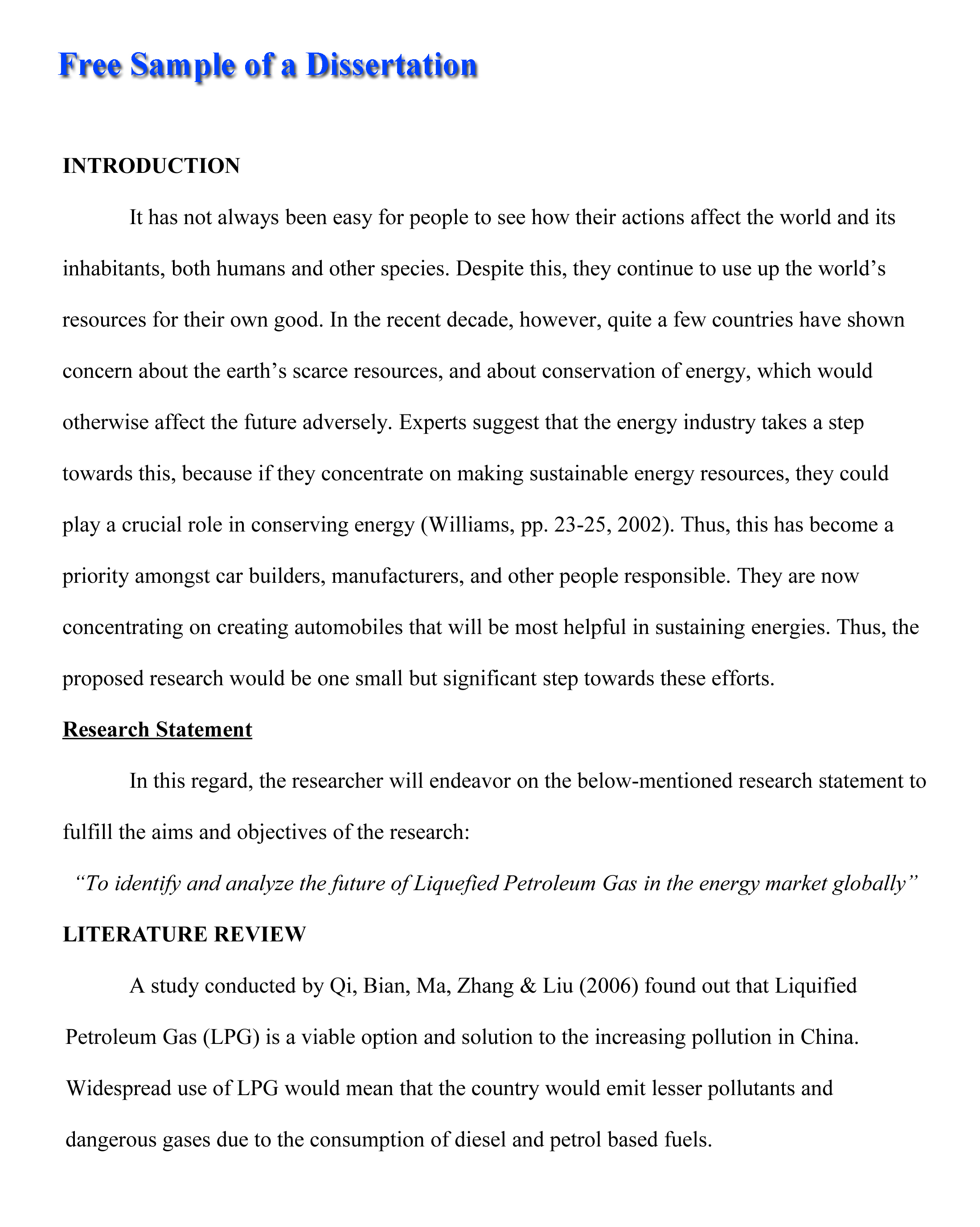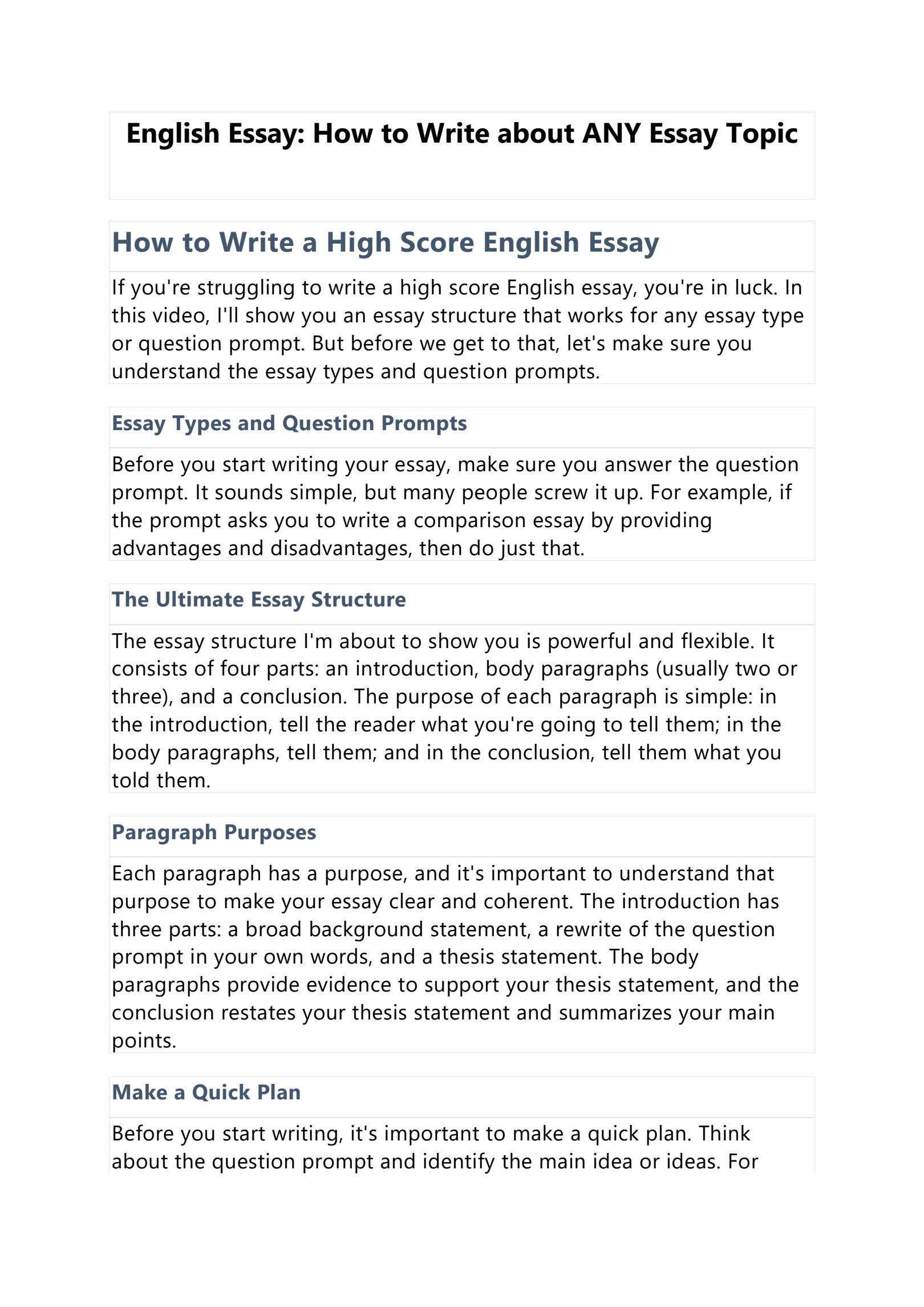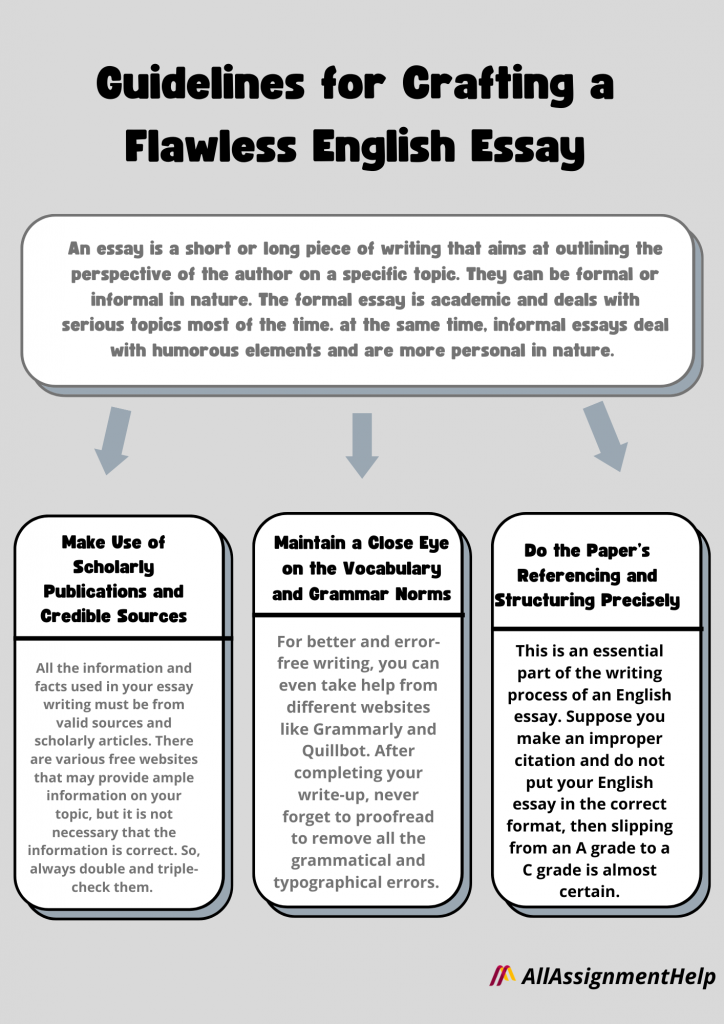Mastering the Art of Essay and Dissertation Writing: A Comprehensive Guide with Examples
Mastering Essay and Dissertation Writing: Your Go-To Guide with Real Examples
Writing essays and dissertations can feel like climbing a mountain, right?
I remember when I first started in academia.
Every time I sat down to write, it felt like I was battling a storm of ideas and rules.
But over time, I figured out a system that not only made writing easier but also boosted my grades.
In this guide, I’m sharing my top tips, structured formats, and real-life examples to help you nail essay and dissertation writing.
Let’s dive in!

Understanding the Basics of Academic Writing
Before we jump into the nitty-gritty of essays and dissertations, let’s get on the same page about what academic writing is all about.
Academic writing is all about being formal, clear, and structured.
Here’s what you need to remember:
Key Features of Academic Writing
- Formal Tone: Ditch the slang. Use language that shows you know your stuff.
- Clarity and Precision: Be straightforward. Avoid jargon and make every sentence count.
- Structured Format: Organise your work logically. Use headings and subheadings to guide your reader through your arguments.
The Structure of an Essay
Most essays follow a standard structure: an introduction, body paragraphs, and a conclusion.
Let’s break it down.
1. Introduction
Your introduction is your chance to hook the reader.
It should include:
- A Hook: Start with an interesting statement or question.
- Background Information: Give some context about your topic.
- Thesis Statement: Clearly state your main argument.
2. Body Paragraphs
Each body paragraph should focus on one main idea that backs up your thesis.
Here’s how to structure each paragraph:
- Topic Sentence: Introduce the main idea.
- Evidence: Include supporting details like quotes or data.
- Analysis: Explain how this evidence supports your argument.
- Transition: Use phrases to smoothly connect to the next paragraph.
3. Conclusion
Your conclusion wraps everything up.
It should:
- Summarise your main points.
- Restate the thesis in light of the evidence presented.

The Structure of a Dissertation
Dissertations are more detailed. Here’s how to organise yours:
1. Title Page
Include the title of your dissertation, your name, your institution, and the date of submission.
2. Abstract
This is a brief summary (about 250-300 words) of your dissertation.
Include your research question, methodology, and key findings.
3. Introduction
Outline your research problem, its significance, and your objectives.
4. Literature Review
Review existing research related to your topic.
This shows the context for your work and identifies gaps your dissertation will fill.
5. Methodology
Explain how you conducted your research.
Include both qualitative and quantitative methods, depending on your field.
6. Findings/Results
Present the data you collected.
Charts, graphs, and tables can help illustrate your findings.
7. Discussion
Analyse your findings in relation to your research question.
Discuss their implications in your field.
8. Conclusion
Summarise your research and its significance.
Suggest areas for future research.
9. References
List all the sources you cited in your dissertation.

Tips for Writing First-Class Essays and Dissertations
Want to score top marks?
Here are some strategies that really work:
1. Choose a Topic You Care About
Pick a topic that genuinely interests you.
It’ll make research and writing a lot more fun.
2. Do Your Research
Get familiar with the relevant literature.
Use scholarly articles, books, and trusted online sources.
Don’t hesitate to ask your supervisor or peers for advice.
3. Create an Outline
Before you start writing, sketch out a detailed outline.
This will keep you organised and ensure you cover all points.
4. Write Clearly and Concisely
Keep your writing clear.
Avoid complex sentences and jargon.
Your goal is to make your ideas easy to understand.
5. Edit and Proofread
Never skip this step.
Review your work multiple times to catch errors and improve clarity.
Consider getting feedback from friends or using writing support services.
6. Use Examples
Incorporate examples to back up your points.
This not only strengthens your arguments but also makes your writing more engaging.

Practical Examples of First-Class Essays and Dissertations
Let’s look at some real examples to understand what a first-class essay or dissertation looks like.
Essay Example: The Impact of Climate Change on Agriculture
- Introduction: Sets the thesis that climate change disrupts agricultural practices.
- Body Paragraphs: Each paragraph covers different aspects like changing weather patterns and economic implications.
- Conclusion: Summarises findings and stresses the urgency of tackling climate change.
Dissertation Example: The Role of Technology in Education
- Abstract: Briefly outlines the research question and methodology.
- Literature Review: Reviews studies on technology’s impact on learning outcomes.
- Methodology: Describes qualitative methods used to gather data from educators.
- Findings: Data shows improved engagement through technology.
- Discussion: Analyses implications for future educational practices.
Frequently Asked Questions (FAQs)
Q1: What are the most common mistakes in essay writing?
Common mistakes include:
- Lack of clarity
- Poor structure
- Insufficient evidence
Planning and proofreading are essential.
Q2: How do I choose a dissertation topic?
- Pick something you’re passionate about.
- Ensure it’s relevant to your field.
- Check for enough resources to research.
Q3: What’s the difference between an essay and a dissertation?
Essays are shorter and focused on presenting an argument.
Dissertations are long-form research projects that contribute to knowledge in a field.
Q4: How important is the editing process?
Editing is crucial.
It ensures your work is clear, coherent, and error-free, which can really impact your grades.
Q5: Where can I find good examples of essays and dissertations?
Check out resources like Premier Dissertations and Oxbridge Essays.
Conclusion
Mastering essay and dissertation writing is all about practice and strategy.
By following the tips and structures laid out in this guide, you can enhance your writing skills and aim for those top grades.
Remember, writing is a journey.
Each step brings you closer to becoming a better writer.
So, embrace the process, and don’t hesitate to ask for help when you need it.
For additional support, check out this AI essay writing tool to streamline your writing process.
Happy writing!

